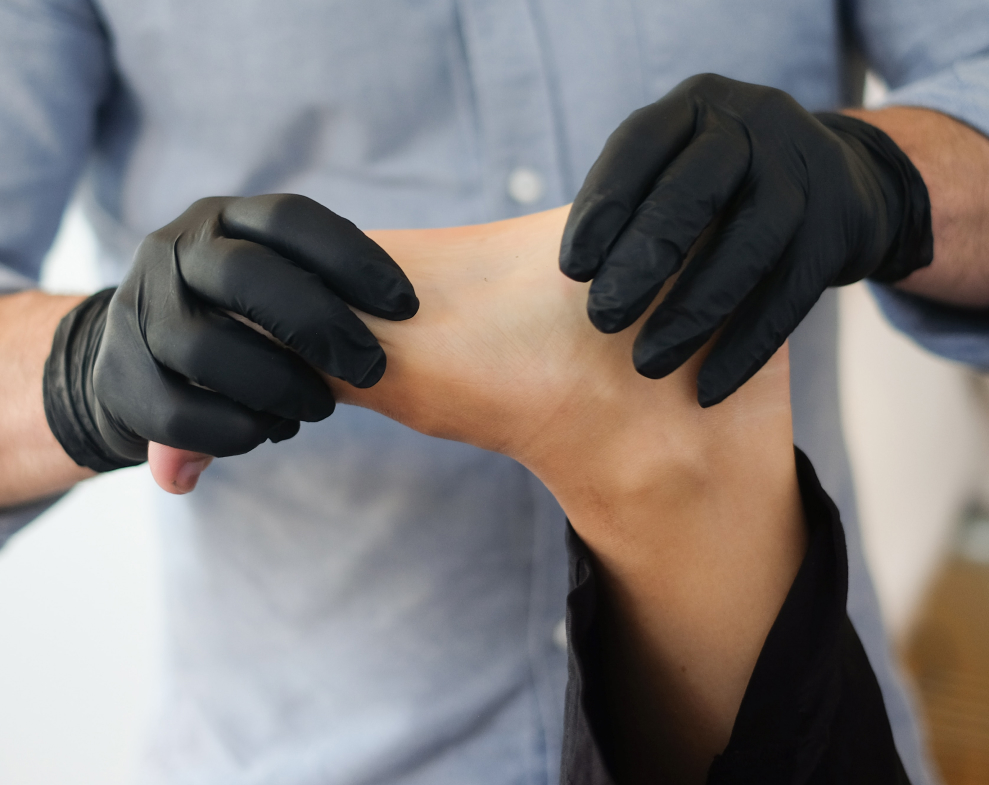Plyometric Training for Baseball and Cricket
Wall Balls
Rotational throws are the best technique for developing power in the core and hip muscles. These exercises are particularly good for hockey, golf, tennis, baseball, and any other sport that requires explosive rotary action. Medicine ball throws develop hip power by teaching the athlete to better utilise hip internal and external rotation to draw power from the ground. The goal is not torso rotation but rather powerful hip rotation. The objective is to learn to transfer ground forces through a relatively stiff and stable core.
Bounding
The basic Bound is extremely simple to perform. You leap off one leg, attempting to propel your body forward as far as you can. You land on your opposite foot and immediately explode into the next bound. It's like an exaggerated sprint stride with an emphasis on springing off the ground. The transition is what makes the move so effective and what makes it a plyometric exercise, because it trains the Stretch-Shortening Cycle, which consists of three distinct phases:
Lengthen (Eccentric): When your foot makes contact with the ground, your muscles lengthen to control your body and slow you down. As your muscles are stretched, they store elastic energy similar to a rubber band.
Load: Load is the transition period when you are at the bottom of a movement and are no longer moving. A faster transition allows more energy to transfer to the third phase.
Anything longer than 25 milliseconds and the energy stored in the Lengthen phase will be wasted as heat.
Fire (Concentric): This is where the fun begins. Your muscles now forcefully contract into the next movement. The elastic energy stored in your muscles is released, which provides a power boost.
With the Lateral Bound, you leap to the side off one leg and land on your opposite leg. You then switch back to the leg you originally bounded from and do the next rep. Repeat 5 times each side and then launch into a 60 yard sprint at max effort. Walk back and repeat.






